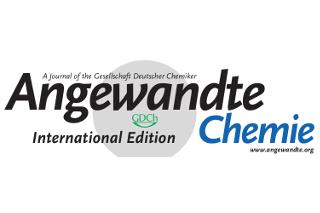SGC Scientists Report the First Chemical Probe for PCAF Bromodomain

Oxford, UK, January 12, 2017, Scientists from the Structural Genomics Consortium (SGC) and Oxford University report the first potent and selective chemical probe for the bromodomain of PCAF in an article published in Angewandte Chemie International Edition.
PCAF is a multidomain protein. One of its domains, believed to be important for its biological activity, is called a bromodomain, and it is used by PCAF to interact with proteins bearing a special type of modification called acetylation. Bromodomains typically bind to acetylated proteins associated with DNA and impact the expression of selected genes. While PCAF dysfunction has been associated with human diseases such as cancer, viral infection and neuroinflammation, specific details about its biological activity are sparse.
To change this state of affairs, scientists led by Profs Darren Dixon and Paul Brennan at the University of Oxford joined forces to generate a powerful research reagent called a chemical probe to enable scientists to study the biology of PCAF.
“We started with a tool compound called bromosporine,” said Brennan. “Bromosporine is a non-selective bromodomain inhibitor, and we developed a program to adapt it and make a compound that is specific for PCAF.”
The scientists used an iterative process including structure-based design, in silico docking and chemical synthesis to generate L-Moses, the first potent and selective inhibitor of the PCAF bromodomain that is active in cultured cells. In preliminary assays, L-Moses looks like it may also be suitable for experiments in animal models.
“There is a substantial need for scientists to study disease-linked proteins such as PCAF, which are often overlooked due to a lack of reagents. We are eager to share L-Moses with scientists around the world and see the new biology they discover,” said Chas Bountra, Director of SGC Oxford.
The paper, Discovery of a PCAF Bromodomain Chemical Probe, was published December 14th online on Angewandte Chemie International Edition’s website, where it was designated a ‘hot paper.’



